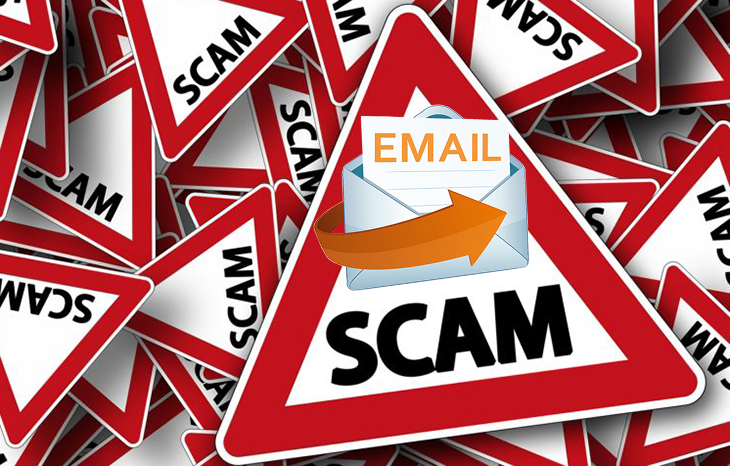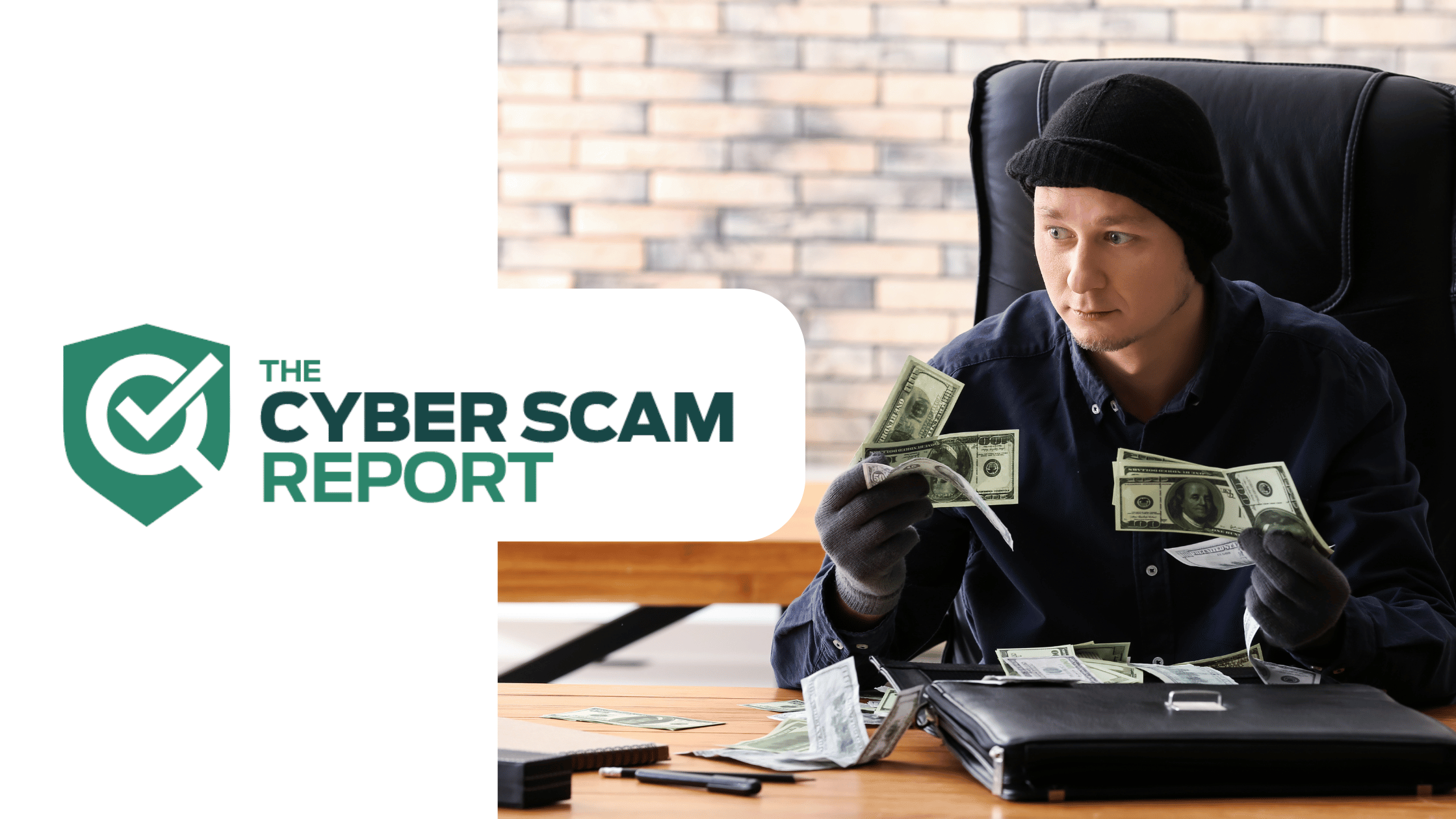Recently some scammers decided to turn their attention to finding PC Matic customers and attempting to trick them into allowing a remote session with the lure of a refund. In this blog we’ll go over how to dissect scam emails to help determine if they’re legitimate. There are a lot of flags that become apparent once you start looking a little bit deeper at the email, of course the scammers are hoping you will just see a dollar sign and move forward.
The Email

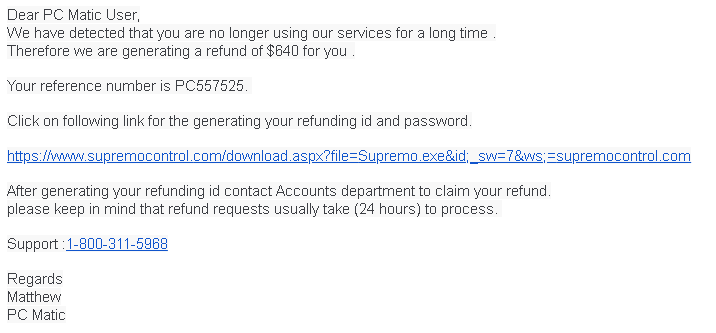
We’ll start with the main email itself. The scammer wants you to look right at the dollar sign and how much money they’re offering to “refund” you so that you’ll look past everything else and download the remote tool and give them access to your machine.
The Warning Signs
There are truly a lot of warning signs in this email that can clue you in to it being fake. A few of them relate to you as a PC Matic customer individually, which will vary by user. The email opens with a mention that you haven’t been using your PC Matic services for a long time, you’ll know very quickly if you have in fact been using them that this is not true. In addition, the refund of $640 is much higher than any of our customers would ever pay for even a lifetime subscription of PC Matic; why would your refund be higher than what you paid? Now lets lay out 5 main factors in this email that should clue us in to its true nature: a scam.
1. Who is the Email from?

Right off the bat you should always check where an email is coming from to help determine if it is legitimate. In this case the scammers didn’t even try very hard, this email came from a very strange email address and shouldn’t be trusted.
2. Informal Subject

While it’s a less severe mistake, an informal subject should give us enough insight to at the very least continue looking for clues that this may be a scam. Normal Emails coming from any company will have properly formatted subjects with capital letters on product or company names.
3. Unknown Customer Name

Whenever a company emails their customers, you can be very certain they’re going to address the email specifically to you. This email beginning with “PC Matic User” is a pretty good clue that the sender has no idea who they are sending the emails to.
4. Incorrect Grammar
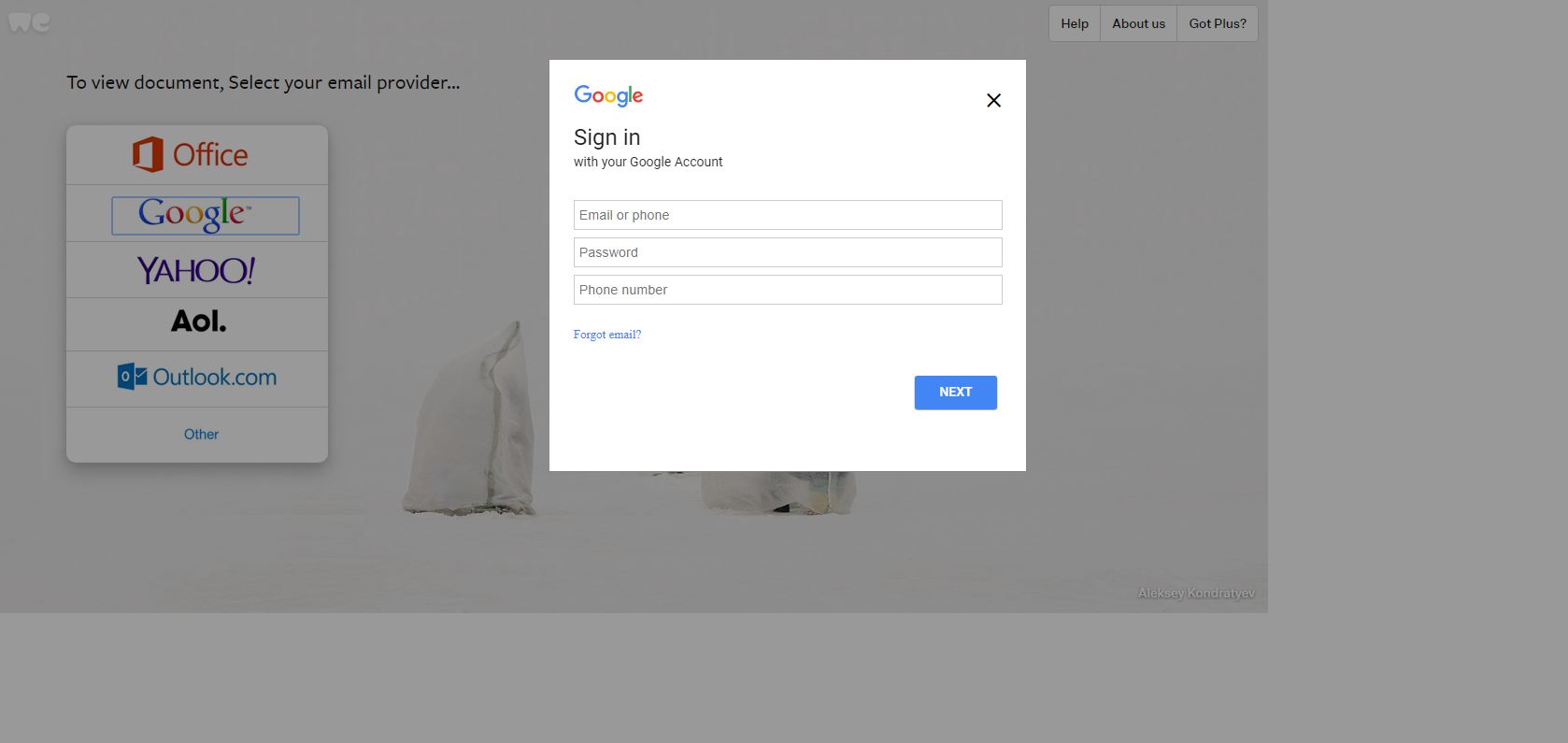
We’ve all made our fair share of grammar mistakes, but in most cases an email coming from a company will have properly formatted grammar and sentence structure. If you read these sentences out loud, you’ll notice pretty quickly that they aren’t properly structured and sound a little strange.
5. Who am I calling?
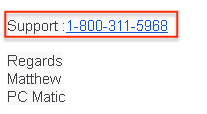
Okay, if we’ve made it this far in the email without making the determination that this is a scam, we have another factor to consider. The email wraps up with the scammers phone number, which you can now take and throw into a quick Google search. If this email came from a legitimate company and had their support number on it, a Google search would almost always turn up official company webpages where you could verify the number is correct. In this case, the results are far from that…
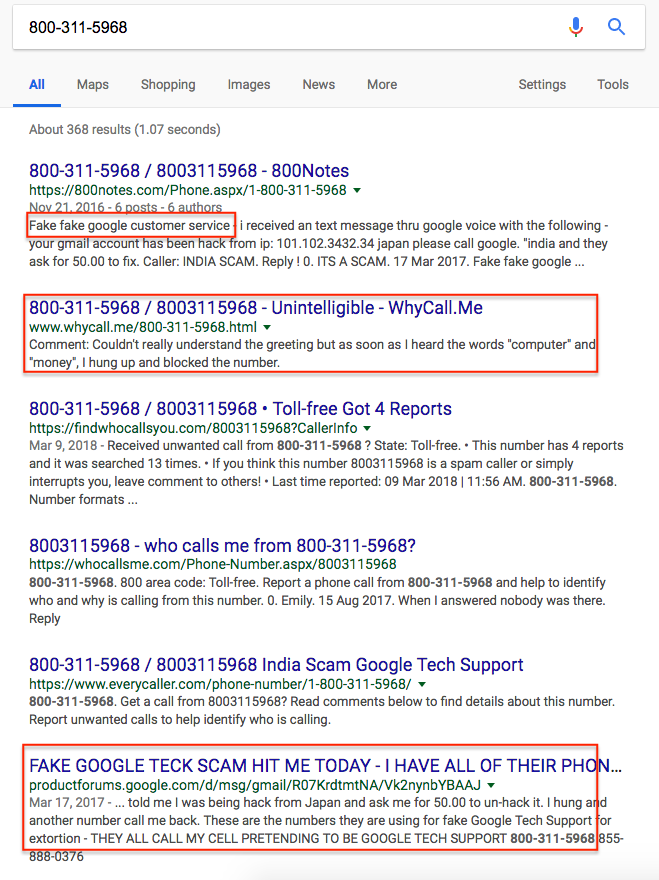
With our Google search done, you can see that there are several hits leading us further to the conclusion that this is a scam. Other users have reported receiving calls from this number where they claim to be from tech support at several other companies.
Keep Learning, Stay Vigilant
With all of the problems we found in this scam email it was pretty easy to spot it as a fake. Sometimes scammers will step up their game and may only make one mistake in the email but you have to be vigilant enough to catch it. PC Matic customers can continue to further their Security Education by participating in KnowBe4’s Security Awareness Training. Every customer that purchases PC Matic gets full access to the online training course for themselves and their household. If you are an existing customer and haven’t taken the course but would like more information on where to access it, please contact our customer support team. They are available at pcmatic.com/help 7 days a week.

